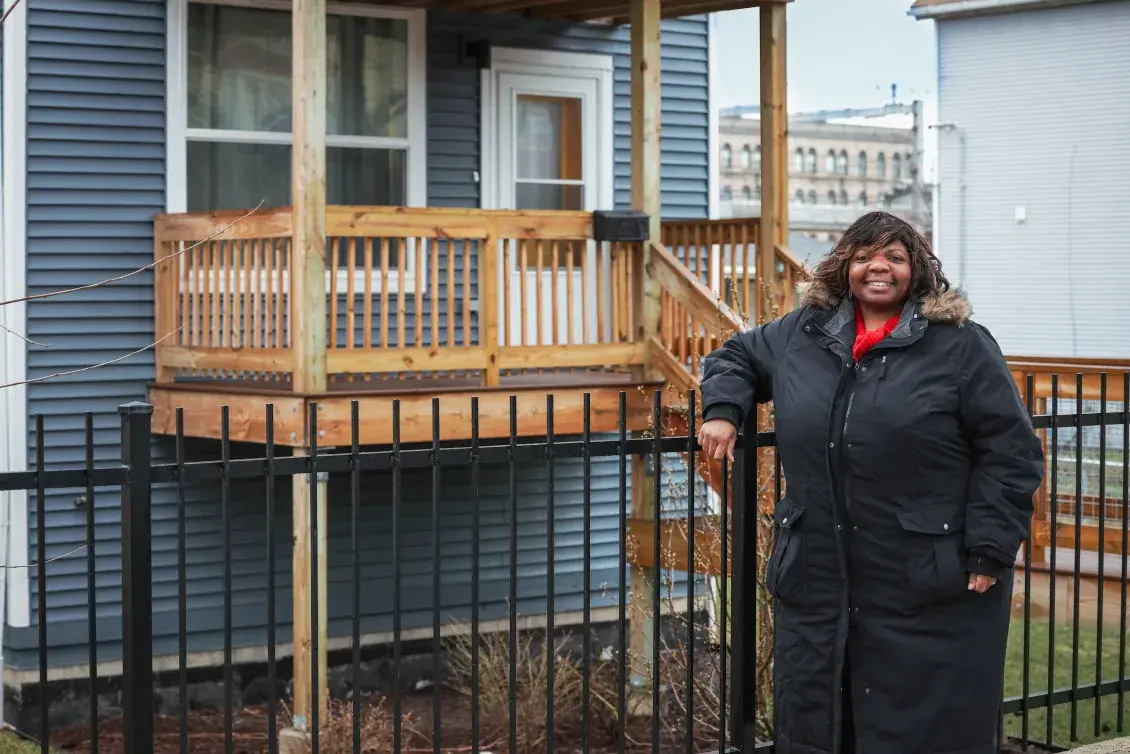Growing up as a first-generation Chicagoan, I spent summers with my grandmother while my parents worked full time. My grandmother moved during the Great Migration to Chicago from the Mississippi Delta, armed with an eighth-grade education and the desire to provide for her family. She worked in hotels and school kitchens and purchased the home she dreamed of in Humboldt Park – a thriving community with lively playgrounds and schools, bustling businesses, and neighbors who looked after one another.
I have such fond memories of the variety of neighbors on that block. Next door lived Sabrina, a girl my age whose grandmother only spoke Polish, and we would sit on the porch many afternoons translating for our grandmothers so they could chat. There was also a sweet, elderly grocer around the corner, Mr. Carmelo, who kept a tab for families when things were a little tight.
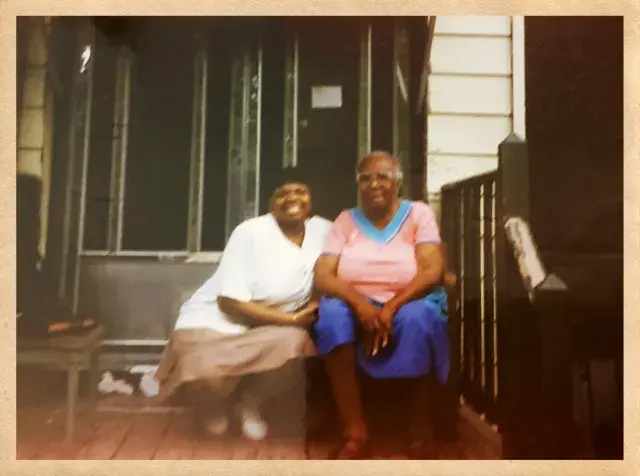
Whether my grandmother sent us to purchase staples like bread and eggs to cover breakfast or creamsicles to cool us down from the summer heat, Mr. Carmelo met the need and trusted his neighborhood patrons to make good on payday.
Today, things have changed on that block tremendously, with the adjacent commercial corridor experiencing an influx of redevelopment and homes changing hands as owners passed away or families moved on. My grandmother’s home, sold by my family for a little over $300,000 when she passed, is now valued at more than $1 million and our family would find it challenging to move back to the neighborhood if we tried.
Empowering Black Futures
Neighborhoods change, but we still have an opportunity to build healthy neighborhoods of choice where residents want to live, play, work, shop, and go to school. For the last three years, Claretian Associates has partnered with Fifth Third and Enterprise in the Empowering Black Futures neighborhood program. Fifth Third committed $180 million to accelerate revitalization in South Chicago and eight more communities across seven states. Enterprise has been working with each neighborhood to develop and implement an economic mobility plan tailored to its opportunities and aspirations.
This type of community building requires thoughtful partnerships, which is why we prioritized hiring a coordinator with lived experience as a small business owner to be solely devoted to supporting the neighborhood program. She is bringing our partners together and building critical trust and communication between community members, business owners, and local leaders.
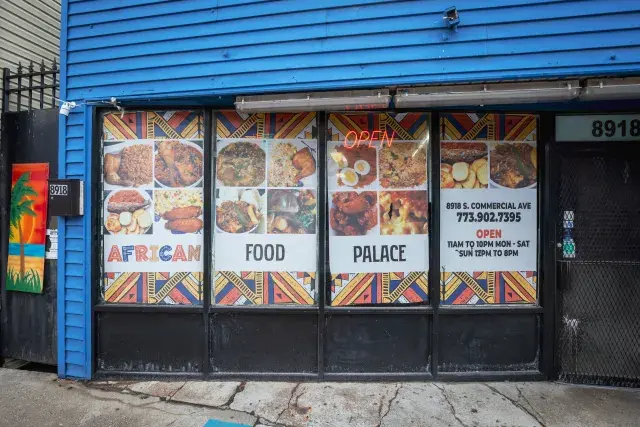
Our coordinator recently organized a small business event with panel discussions featuring South Chicago small business owners and small business and technical assistance and capital providers. The event focused on building relationships, ensuring small business owners could share their priorities, planning on ways to work together on common goals, and sharing expertise to get more resources to people who want to invest in the neighborhood.
A Collective Effort
When we build communities of choice instead of communities of last resort, people with deep neighborhood roots can stay in place and be part of the positive change they seek. For example, a colleague at Claretian Associates is a third-generation South Chicagoan, and she is raising her children in the community she is committed to making better. She is part of the Safe Passage program to ensure young people safely make their way to school. Starting in a part-time entry-level position, she was able to move into leadership and now oversees the entire program.
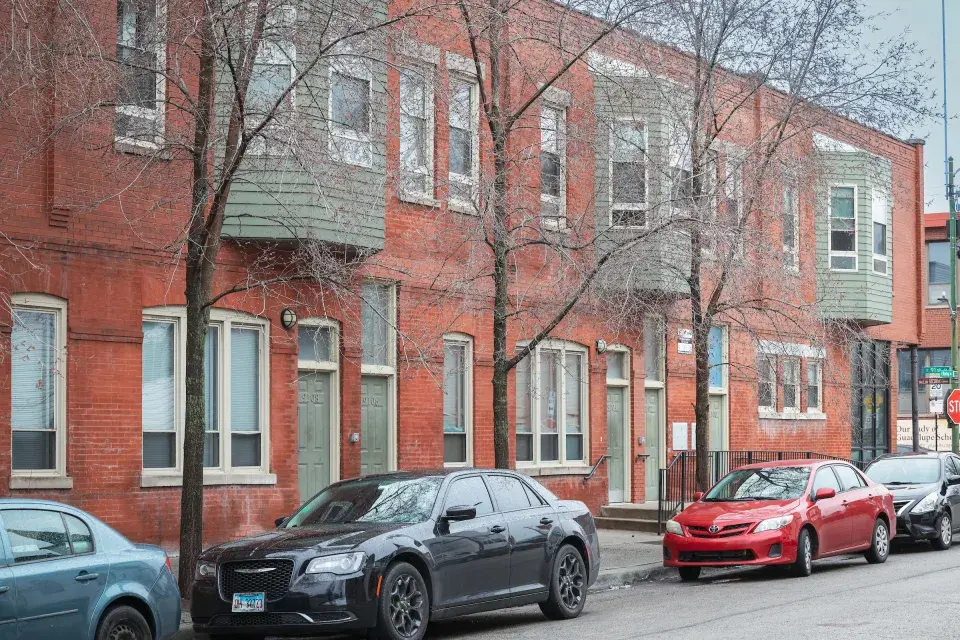
After being in a stable role for a few years, she moved into one of our affordable multifamily developments and, over time, increased her income beyond that development’s income limit. She wants to remain in the community, and is working with our property management and resident services team to fulfill her dream of becoming a homeowner.
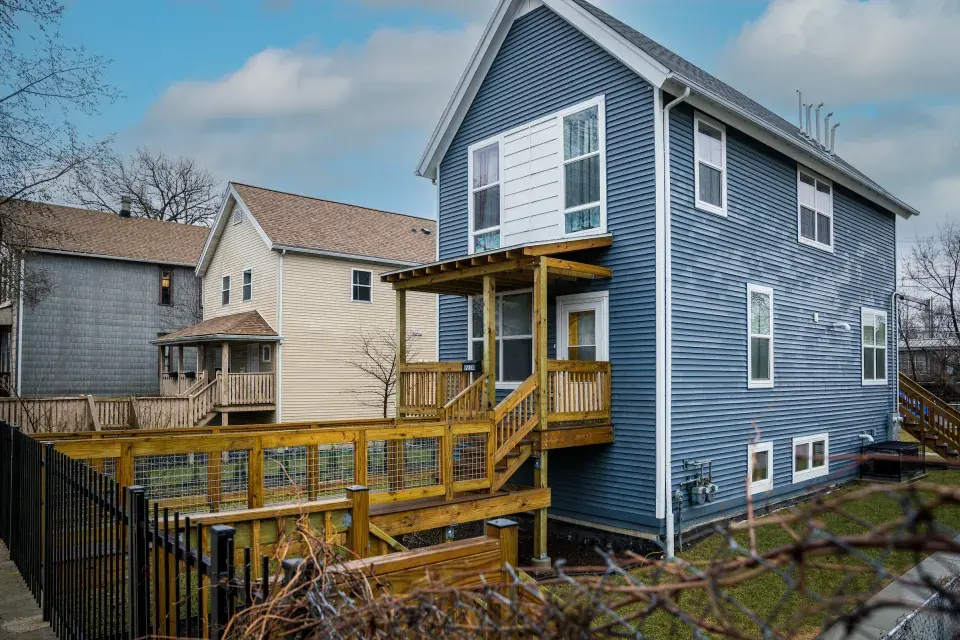
A Path to Homeownership
Many families want to remain in their communities as their economic mobility grows but struggle to find housing they can afford. Seeing this demand, Claretian Associates resurrected a homeownership program that went dormant in the 2007 housing crash. Through the Empowering Black Futures program, we completed construction of two buildings that had been unoccupied since 2007.
Today they provide affordable homes to four middle-income families working towards homeownership. These first four units are part of phase one, which will include the rehabilitation of an old three-flat building. The second phase will include the construction of 15 new homes. Without this kind of housing development and services, many in our community would be at risk of homelessness.
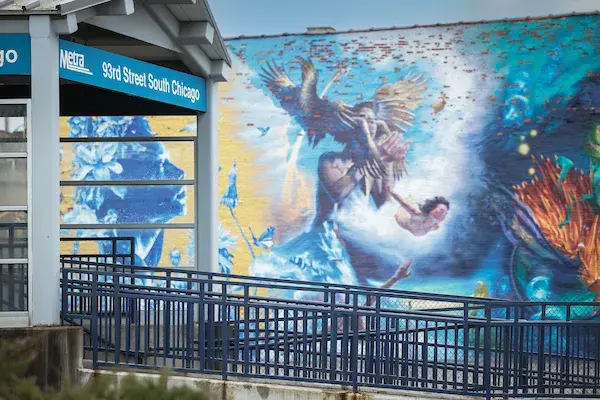
As we move forward in developing the next stage of our economic mobility plan, we anticipate even more focus on homeownership programs. Our dedicated coordinator will organize an upcoming partner meeting focusing on Black homeownership and healthy-built environments.
For neighborhoods looking to embark on similar work, investing in the necessary infrastructure and individuals to lead that effort can have an tremendous impact. Ensuring that our communities are not just affordable places to live but a network of tightly knit families, community members, and small businesses takes a collective effort that in the end creates a wonderful place to call home.
Angela Hurlock is executive director of Claretian Associates in South Chicago, one of nine neighborhoods participating in the Fifth Third Empowering Black Futures program.
